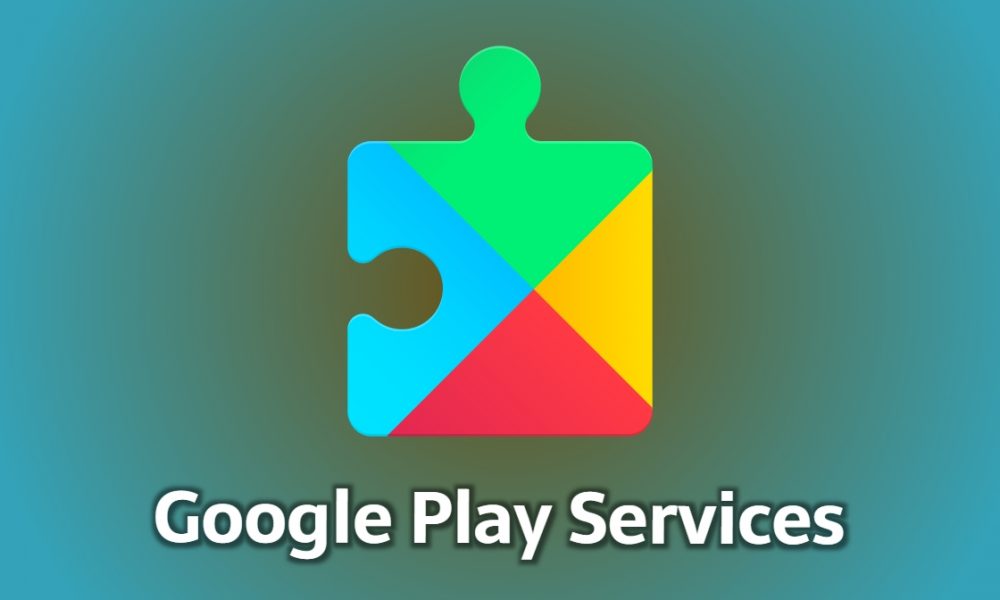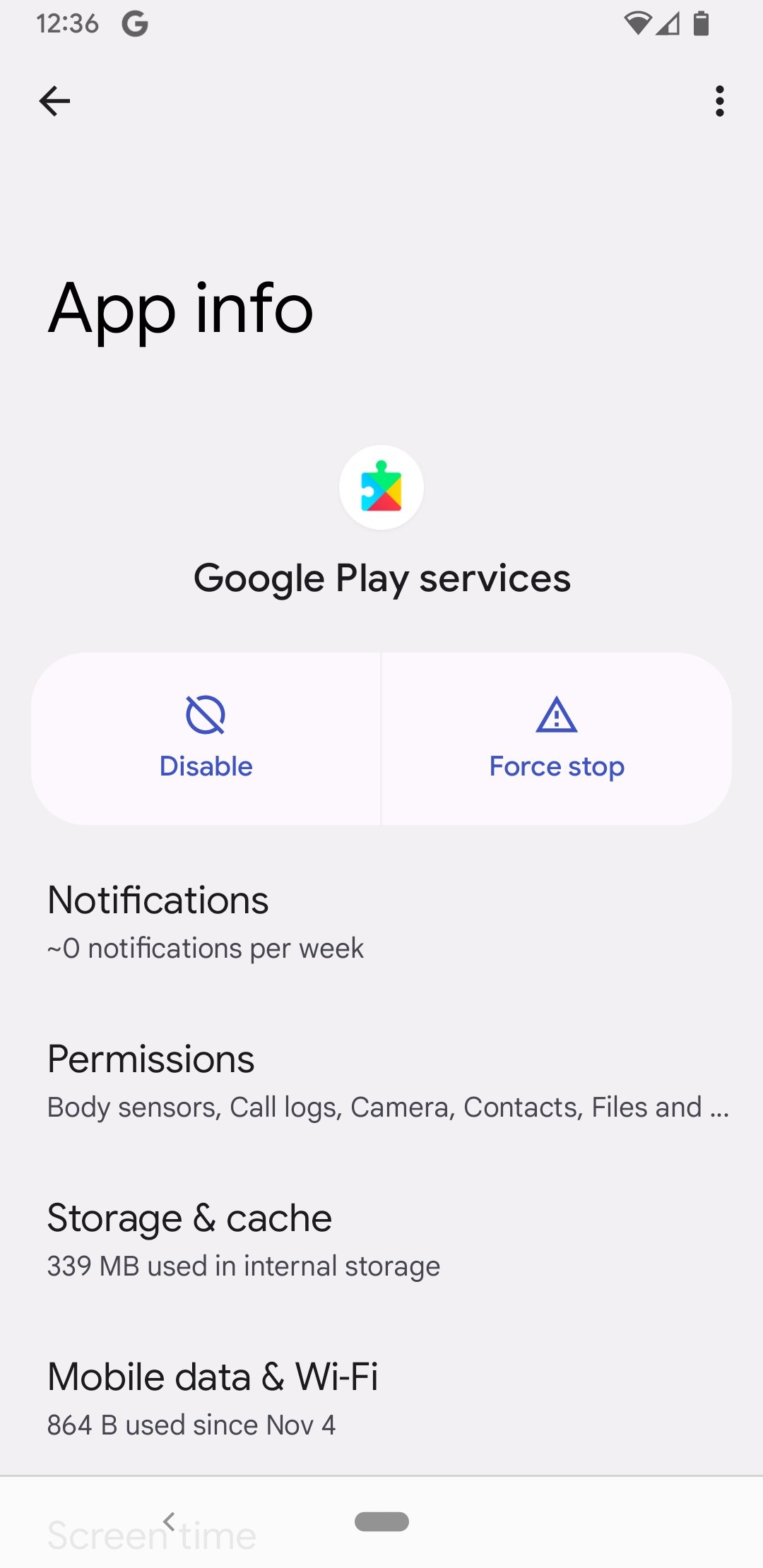“Okay, here is an article about Google Play Services APK, written in English and aiming for a length of approximately 1600 words.
Okay, here is an article about Google Play Services APK, written in English and aiming for a length of approximately 1600 words.

The Invisible Engine: Understanding Google Play Services and Its APK
In the intricate ecosystem of Android, countless processes run silently in the background, enabling the seamless operation of our smartphones and tablets. Among these, one stands out as particularly crucial, yet often remains misunderstood or entirely unnoticed by the average user: Google Play Services. While its name might sound similar to the Google Play Store – the familiar app marketplace – Google Play Services is an entirely different beast, acting as a fundamental layer that powers much of the functionality we rely on daily.
This article delves deep into the world of Google Play Services, exploring what it is, why it’s indispensable, how it differs from the Play Store, and specifically, what the "APK" aspect means. We’ll also tackle the reasons why someone might interact with its APK file directly, the inherent risks involved, and how to approach such actions safely.
What Exactly is Google Play Services? More Than Just an App
At its core, Google Play Services is not a single, user-facing application in the traditional sense. You can’t open it like Facebook or Chrome and start using it directly. Instead, it’s a collection of background services, APIs (Application Programming Interfaces), and frameworks developed by Google that serve as a bridge between Google’s services and the applications installed on an Android device.
Think of it as the middleware – the essential software that connects different parts of a system. In this case, it connects your apps to Google’s vast infrastructure, providing them with access to critical features without requiring each app developer to build those features from scratch. It’s a vital component for devices that are certified to run Google Mobile Services (GMS), which includes the vast majority of Android phones and tablets sold outside of certain markets or specific device types (like some custom ROMs or devices explicitly designed without GMS).
Unlike the core Android operating system, which is updated less frequently and often depends on device manufacturers and carriers, Google Play Services is updated directly by Google. This allows Google to push updates to key services and APIs rapidly and consistently across millions of devices, regardless of the Android version they are running (within certain compatibility limits). This capability is paramount in reducing fragmentation and ensuring that developers have a stable, up-to-date platform to build upon.
The Engine Behind Android: Why Play Services is Crucial
The importance of Google Play Services cannot be overstated for devices running GMS. It provides the backbone for numerous functions that we take for granted. Without it, many of your favorite apps simply wouldn’t work correctly, or at all. Here’s a breakdown of some key areas where Play Services is essential:

-
Authentication and Account Management: Google Play Services handles the secure sign-in process for your Google account across all compatible apps and services on your device. Features like Google Sign-In for apps, account synchronization, and managing your connected accounts rely heavily on Play Services.

Location Services: While Android has built-in location capabilities, Play Services enhances these significantly. It provides the Fused Location Provider API, which intelligently combines data from GPS, Wi-Fi, cellular networks, and other sensors to provide more accurate, power-efficient location information to apps. This is crucial for navigation apps, weather apps, location-based services, and more.
-
Push Notifications: Google Cloud Messaging (GCM), and its successor Firebase Cloud Messaging (FCM), are powered by Play Services. These services enable developers to send real-time notifications to your device, whether it’s a new message on WhatsApp, a breaking news alert, or a reminder from your calendar. Without Play Services, receiving timely notifications would be unreliable or impossible for many apps.
-
Security Features: Play Services incorporates several security features, including SafetyNet. SafetyNet is an anti-abuse API that helps developers determine if a device is genuine and hasn’t been tampered with (e.g., rooted, running a custom ROM that fails compatibility tests). This is often used by banking apps, payment services, and certain games to protect against fraud and cheating. It also helps scan apps for malware (though Google Play Protect is the more visible face of this).
-
APIs for Developers: Play Services offers a vast library of APIs that developers can integrate into their apps. This includes APIs for Google Drive, Google Fit, Google Cast, Google Ads, Google Analytics, Google Maps (embedding maps within apps), Google Pay, and many more. By providing these APIs, Google allows developers to easily add sophisticated functionality to their apps without having to build complex integrations themselves. This speeds up development and ensures consistency across apps.
-
Gaming Services: Google Play Games services, part of Play Services, provides features for mobile gaming like achievements, leaderboards, cloud saves, and multiplayer matchmaking.
-
Background Tasks and Synchronization: Play Services helps manage background data synchronization for various Google services and potentially other apps, ensuring data is kept up-to-date efficiently.

In essence, Google Play Services acts as a universal translator and facilitator, allowing different apps and services to communicate with Google’s infrastructure and leverage powerful features provided by Google. It standardizes access to these features, making the Android ecosystem more cohesive and functional for both users and developers.
Google Play Services vs. Google Play Store: Clearing the Confusion
A common point of confusion arises from the similar names: Google Play Services and Google Play Store. While related, they serve distinct purposes:
- Google Play Store: This is the application marketplace. It’s the app you open to browse, search for, download, purchase, and update other applications, games, movies, books, and music. It’s the storefront.
- Google Play Services: This is the background framework that enables many of the features used by the apps you download from the Play Store, and also helps the Play Store itself function correctly (e.g., handling in-app purchases, licensing checks). It’s the underlying infrastructure.
Think of a physical store: The Google Play Store is the shop building itself, where you go to find and buy products. Google Play Services is like the electricity, plumbing, security systems, and road infrastructure leading to the store – you don’t interact with them directly as a customer, but the store couldn’t operate without them.
While you can uninstall updates to the Google Play Store app (though it’s generally not recommended), you cannot easily uninstall Google Play Services on a device with GMS, as it’s deeply integrated into the system and crucial for its operation. You can only uninstall its updates, reverting to the version that came with your device’s firmware.
Understanding the "APK": The Package Format
Like all applications and system components on Android, Google Play Services is distributed as an APK file. APK stands for Android Package Kit (or Android Package). It’s the standard file format used for distribution and installation of mobile applications on Android. Essentially, an APK file is a package containing all the elements an app needs to install and run on a device: code, resources, assets, certificates, and manifest file.
When you download an app from the Google Play Store, the Play Store app is downloading and installing the APK file for you in the background. For system components like Google Play Services, the APK is typically pre-installed by the device manufacturer as part of the firmware on certified devices.
However, the fact that it is an APK means that, in principle, it can be obtained and installed manually, outside of the standard system updates or Play Store mechanisms. This brings us to the scenarios where someone might look for the "Google Play Services APK."
Why Would You Need the Google Play Services APK?
For the vast majority of Android users with certified devices, interacting directly with the Google Play Services APK is unnecessary and generally not recommended. Play Services updates are usually handled automatically by the system in the background, ensuring you always have a compatible and up-to-date version.
However, there are specific, albeit less common, situations where someone might seek out and manually install the Google Play Services APK:
- Devices Without GMS Certification: Some devices, particularly those sold in certain regions (like mainland China) or specific types of hardware (like some custom development boards), may ship without Google Mobile Services pre-installed. Users who wish to add GMS functionality to these devices might attempt to manually install the necessary Google apps, including Google Play Services, using their APKs. This process is often complex, not officially supported, and may not work reliably or at all depending on the device and its firmware.
- Custom ROMs: Users who install custom Android ROMs (alternative versions of the Android operating system) on their devices often find that these ROMs do not include GMS due to licensing restrictions. To get access to the Play Store and Google services, they typically need to flash a separate package of Google apps, often referred to as "GApps" (Google Apps). These GApps packages include the Google Play Services APK along with other essential Google apps.
- Manual Updates/Troubleshooting: In rare cases, a user might believe that manually updating Google Play Services to the very latest version via its APK could fix a specific issue they are experiencing, or they might be on a device where automatic updates are somehow failing. This is a risky approach and usually unnecessary, as automatic updates are reliable.
- Accessing Specific Features Early: Very occasionally, a specific feature might be tied to a newer version of Play Services that hasn’t rolled out to a user’s device yet. Manually installing the APK might provide access earlier, but again, this is risky and not guaranteed.
It’s crucial to reiterate that for standard users on standard devices, seeking out and installing the Google Play Services APK manually is not part of the normal user experience and carries significant risks.
Risks and Precautions of Manual Installation
Attempting to manually download and install the Google Play Services APK comes with substantial risks that users must be aware of:
- Security Risks (Malware): The most significant risk is downloading a malicious or tampered APK file. Because Google Play Services has deep system access and permissions, installing a compromised version could give attackers control over your device, steal your data, or install other malware. Only download APKs from highly reputable sources (discussed below).
- Incompatibility Issues: Google Play Services APKs are built for specific device architectures (like ARM, ARM64, x86), Android versions, and screen DPIs (density). Installing an incompatible version can cause crashes, instability, battery drain, or render core system functions unusable. Finding the exact correct version for your device is critical and can be confusing.
- System Instability: As a core system component, a faulty or incompatible Play Services installation can destabilize the entire operating system, leading to constant crashes ("Force Closes"), apps not opening, or the device becoming partially or completely unusable.
- Loss of Functionality: Installing the wrong version might break features that rely on Play Services, such as location services, push notifications, or Google account sync.
- Lack of Official Support: If you encounter problems after
